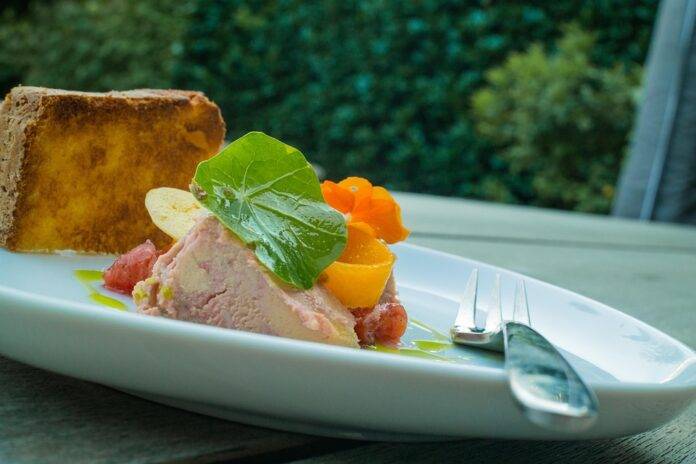The Global Foie Gras Pâté Industry: From French Luxury to Controversial Delicacy
The foie gras pâté industry has a rich history rooted in French culinary traditions, where it was once considered a luxurious delicacy enjoyed by royalty and the elite. However, in recent years, foie gras has become a highly controversial product due to ethical concerns surrounding the force-feeding of ducks and geese to produce the fattened liver used in pâté.
A Brief Overview of Foie Gras
Foie gras, which translates to “fatty liver” in French, is made from the liver of ducks or geese that have been force-fed a high-calorie diet to fatten their livers. This process, known as gavage, involves inserting a tube down the bird’s throat to deliver a mixture of grains and fats directly into the stomach. The result is a liver that is significantly enlarged and has a rich, buttery flavor that is prized in gourmet cuisine.
The Rise of Foie Gras as a Luxury Product
Foie gras has been a staple of French cuisine for centuries, dating back to ancient Egypt. In France, foie gras is considered a delicacy and is often served at special occasions and fine dining establishments. The production of foie gras is tightly regulated in France, with strict quality standards in place to ensure the highest level of taste and texture.
Over the years, foie gras has gained popularity in other parts of the world, particularly in Europe and North America. Chefs and food enthusiasts value foie gras for its unique taste and texture, making it a sought-after ingredient in high-end restaurants and gourmet shops.
The Controversy Surrounding Foie Gras
Despite its popularity among food connoisseurs, foie gras has faced intense criticism from animal rights activists and organizations. The process of force-feeding ducks and geese to produce foie gras has been condemned as cruel and inhumane, leading to calls for bans on foie gras production in several countries and regions.
In response to these concerns, some producers have implemented more ethical practices, such as using alternative feeding methods or sourcing foie gras from farms that prioritize animal welfare. However, the controversy surrounding foie gras continues to divide opinions within the culinary world and beyond.
Key Players in the Foie Gras Pâté Industry
Several companies dominate the global foie gras pâté market, with France being the largest producer and exporter of foie gras products. Some of the key players in the industry include:
1. Euralis Foie Gras: A leading French producer of foie gras products, Euralis Foie Gras is known for its high-quality pâtés and terrines made from duck and goose liver.
2. Rougie: Founded in France in 1875, Rougie is a well-known brand that specializes in foie gras and gourmet food products. The company has a strong presence in the international market, with a reputation for excellence in foie gras production.
3. Hudson Valley Foie Gras: Based in New York, Hudson Valley Foie Gras is one of the largest foie gras producers in the United States. The company is known for its ethical farming practices and sustainable approach to foie gras production.
Market Trends and Outlook
Despite the controversy surrounding foie gras, the global market for foie gras pâté continues to grow, driven by increasing demand from consumers who appreciate its unique taste and culinary versatility. According to industry reports, the global foie gras market is expected to reach a value of over $2 billion by 2025, with Europe and North America being the largest markets for foie gras products.
In response to changing consumer preferences and ethical concerns, some producers are exploring alternative methods of foie gras production, such as using plant-based ingredients to mimic the taste and texture of traditional foie gras. These innovations aim to address the ethical challenges of foie gras production while meeting the demand for gourmet food products in a more sustainable way.
Overall, the foie gras pâté industry is at a crossroads, balancing tradition with innovation, luxury with ethics. As consumers become more conscious of the origins of their food and the impact of their choices, the future of foie gras remains uncertain but continues to be a topic of debate and discussion within the culinary world.




